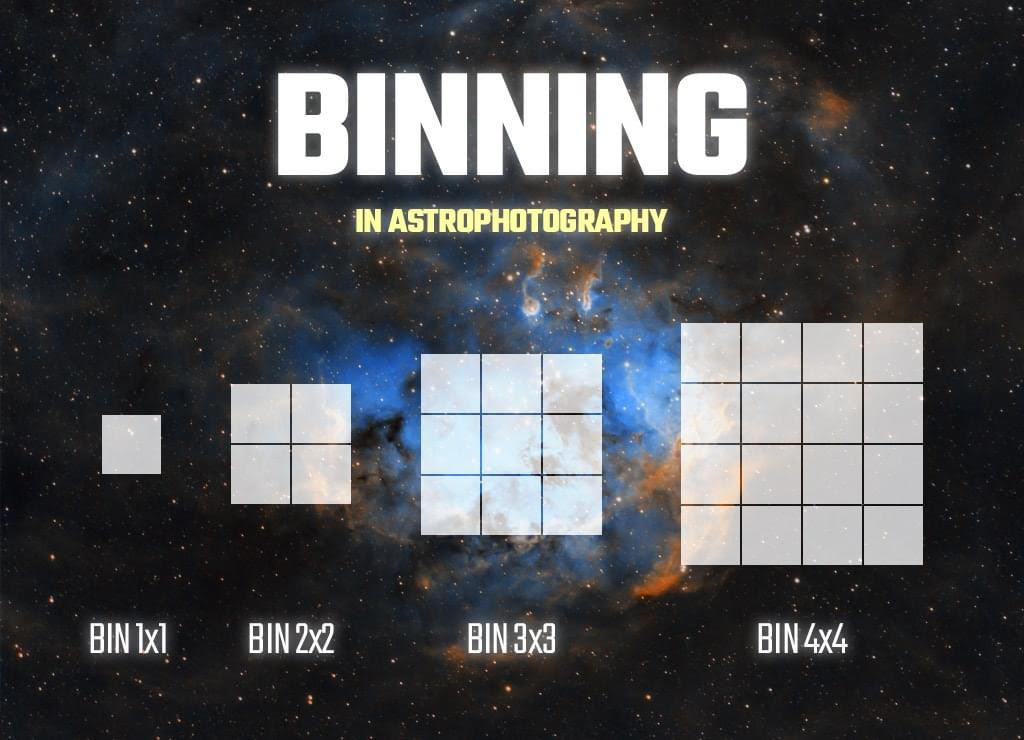I know a bunch of people take lum and ha in bin1 on the 294mm and combine them with bin2 rgbos.
Could a generous soul give me a quick bullet point tutorial on how to do this? Or point me to a resource that doesn’t include multiple hour long videos.
thx muchly!
Could a generous soul give me a quick bullet point tutorial on how to do this? Or point me to a resource that doesn’t include multiple hour long videos.
thx muchly!
